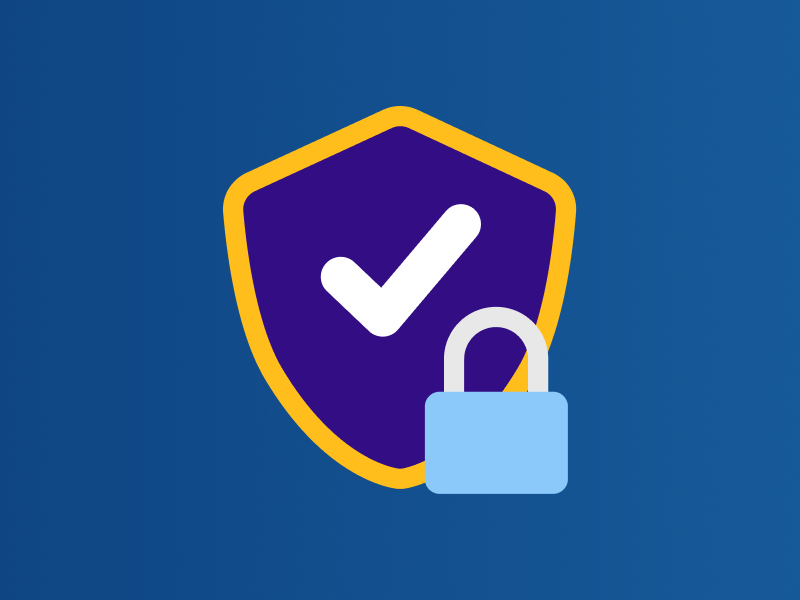Fintech companies have been innovating and creating new solutions at light speed. Why do their IT infrastructures and regulatory barriers haven’t been holding back from success? Because IT infrastructures are very simple and there are no regulatory hurdles that prevent investing in innovations.
Nevertheless, more and more cybercriminals, also known as black hats, keep an eye on fintechs, as they expand their businesses and connect with customers by incorporating and processing a huge amount of their personal data.
Whoever said that operating a Fintech was going to be easy? We don’t think it is an easy game and that’s why we have listed the most common challenges faced by Fintechs:
1. Applications as a cyber threat
Fintech companies are often hanging on applications that have access to customers’ profiles and personal data. That’s why cybercriminals are more inclined to directly attack applications and use their weak code as a gateway to the company’s infrastructure and network.
Advice: Implement a vulnerability management system in your company.
2. Complex third-party integration
If there are many third-party systems integrated and interconnected with your platform, you will be more likely exposed to cyber vulnerabilities. Different systems are designed differently by different developers. This may cause compatibility problems and bring additional cybersecurity challenges. The more solutions the lower probability that you will be able to trace all possible intrusions and threats in real time.
Advice: Implement a Secure software development lifecycle (SDLC) within your company while adding up security-related activities to the existing operations or development processes.
3. Migration to the cloud
Cloud-based services mean a scalable solution for a lower price. For this reason, many Fintechs take advantage of cloud-based platforms. However, the cloud requires a security control different from the one implemented with traditional network and data centres. Many functionalities and solutions integrated within the cloud imply frequent data transfers and decrease the transparency of distributed environments.
Advice:
- check which preventive security measures your provider takes and implement all the security features available to you. Also, make sure you fully understand where your cloud-based data is stored.
- Deploy services from one reliable provider instead of integrating several small and unreliable service providers.
4. Third-party risks
In addition to their developed applications, fintech companies implement third party services and solutions that very often serve as a transmitter for cybersecurity criminals. As a result, legitimate third-party users become a decoy to access the company’s infrastructure without trouble at all.
Advice: Conduct regular audits of your security system and deploy testing accounts for services provided by third parties. Besides, we recommend you to implement a vulnerability management system in your company.
5. Compliance failures
Fintech companies must hold a license (e.g., Electronic Money Institution, Payment Institution) and comply with regulatory requirements, including the game-changing Payment Services Directive 2 (PSD2). Otherwise, illegal operations will be classified as a severe data breach and regulatory fines – imposed.
Advice: Ask your provider, whether the solution meets PSD2 and other regulatory requirements. Also, implement solutions that are widely known among regulators and already implemented in different projects. Learn more about our core banking and payment platform EpaySuite – a solution accepted by regulators and implemented by many fintechs worldwide.
6. Human error in cybersecurity
It is noted that security attacks are very often a result of human error. An inadvertent insider threat means that a user without malice places malware or executes any kind of indirect attacks due to lost, stolen or infected devices. In other words, Black hat hackers regularly take advantage of human error and access applications and user accounts by conducting phishing attacks.
Advice: Audit your staff logs and increase the literacy of security concerns.
7. Managing Digital Identities
Fintech services are usually linked to mobile authentication and authorization that can turn into a system’s entry point for black hats, who initiate malicious attacks – access data and duplicate customer identities.
Advice: Two-factor authentication is a must. However, simple SMS authentication is not reliable. This is why it is advised to implement an additional application for the generation of a one-time password. For example, OTP/Mac Generator provides user authentication and payment signing, as well as complies with PSD2 requirements. It depends neither on a mobile operator nor a SIM card, cellular coverage and Wi-Fi access.
8. Data privacy
Getting customer consent to share data with third-party providers can be one of the most unnerving challenges fintech companies cannot ignore. Once companies introduce serious technical and legal measures to avoid the risk of leaking and misusing data, customers will feel more secure and accountable for the services delivered.
Advice: It is all about GDPR. Documenting processes and policies, privacy notice for customers, processing personal data for a specific purpose and on a specified legal basis and integrating privacy best practices are only a part of your obligations to meet GDPR.
Final Thoughts
Fintechs and the industry, including regulators and international organizations, continue to grow and develop in this fast-paced environment. Therefore, to acquire new customers and win their trust, fintechs need to directly communicate about cybersecurity, compliance and data security risks.
If all this seems difficult for you – contact us. We provide fintechs with A-to-Z services, starting from the policy groundwork, documentation to implementation of ready-to-use Core Banking and Fintech platforms in compliance with regulatory and legislative frameworks.

